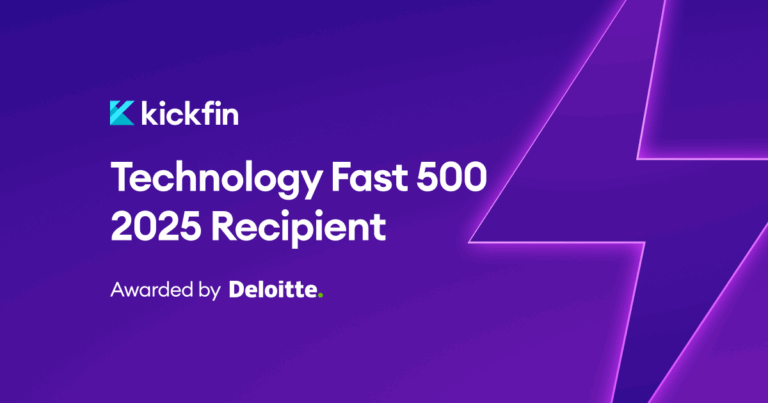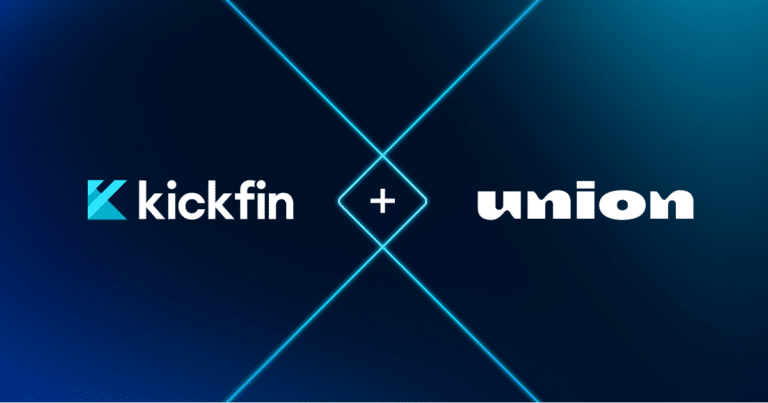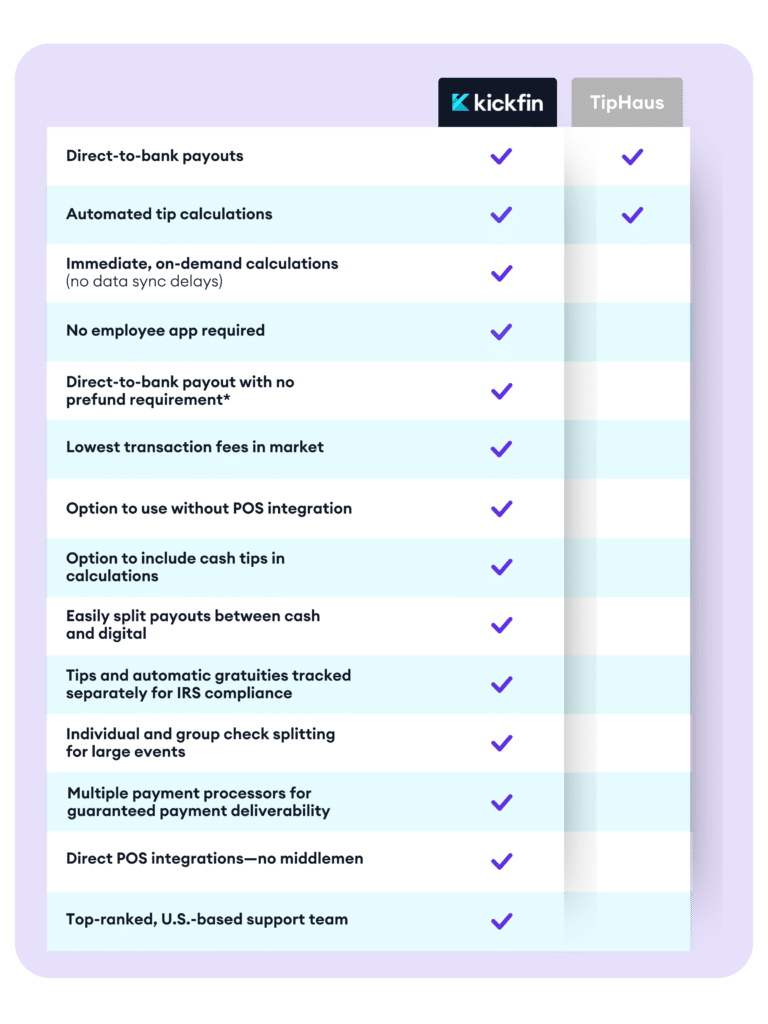In 2020, if you’re not leveraging social media marketing for your restaurant, you’re missing out on an important tool to promote your business and an excellent way to open up communication with your customers.
While traditional advertising will always have its place, restaurants that use social media marketing have access to a much less expensive and much more direct way to reach audiences. In other words, there’s no reason not to do it.
With that being said, a lot of restaurants aren’t using social media, or they’re not using it to its fullest potential. If you’re in that boat, read on for the what, why and how of leveraging social media marketing for your restaurant or bar.
Why is social media relevant to restaurants?
According to QSR Magazine, 89 percent of U.S. diners have at least one social media account, 36 percent of them follow restaurants on social media and 39 percent of them use it to help them decide where to eat when dining out.
That means that, here in 2020, having an online presence is much more than maintaining a website. Sure, your site is a great way to enhance your discoverability, but it doesn’t provide much of an opportunity for interaction.
And therein lies the key benefit of social media: the right platform(s) will allow people to not only discover your brand, but to engage with it — and assuming you make the experience a positive one, that can be an incredibly effective way to draw in new (loyal) customers.
Another great thing about social media is that it costs nothing to get started. Should you choose to put a spend behind your content (which isn’t a bad idea, especially as you’re trying to grow your following), it doesn’t take a big budget to launch an effective paid social campaign. Plus, targeting your key geographies and demographics is easy on platforms like Facebook or Instagram. And unlike print, television, radio and billboards, you can easily measure the effectiveness of your campaigns.
6 steps to creating a social media marketing plan for your restaurant
Before you start creating social media accounts and randomly posting content, you need a restaurant social media marketing plan. Here are 6 steps to creating and executing the right social media marketing strategy for your restaurant or bar.
1. Choose the right platforms
Trying to decide which social media platforms to use for your restaurant social media marketing can be overwhelming. There are more than 75 different social media platforms, from Tumblr and WhatsApp to LinkedIn, Snapchat and Pinterest. You don’t need to maintain an account on every single one.
When trying to choose the right platform, consider your ideal customer and where they’re likely spending their time.
Here’s a quick rundown of the top three platforms restaurants tend to use.
Facebook: While Facebook has started skewing toward a slightly older demographic, most restaurants would be wise to maintain a company page for their restaurant, at the very least. Facebook is a great option for restaurants and bars that may not have the time or resources to get a website up and running. On your company page, you can post hours, address, contact information, links to menus, and of course regular content and updates for your followers.
If you’ve got a budget to work with (even if it’s small), Facebook ads are a great way for restaurants to geo-target their audience. Facebook ads allow you to advertise to people in specific ZIP codes, so you won’t waste your marketing budget advertising to people who likely won’t be visiting your restaurant. You can use other criteria to target your audience, too — like age or income level. If you use Facebook, make sure you take advantage of Facebook Business, which has a whole range of advertising capabilities.
Instagram: With more than a billion users, Instagram was created to tell stories through beautiful images. And what better way to promote your food, friendly staff, or hip dining space?
While this is subject to change, Instagram currently seems to offer some common ground in terms of demographics: Gen Z, millennials, Gen X and even Baby Boomers are all active on the platform. Here again, if you’ve got a budget, you can run paid Instagram campaigns in tandem with your Facebook ads.
Twitter: Twitter is less image-focused than Facebook and Instagram, but it’s a go-to choice when it comes to real-time interaction between users. Restaurants that leverage Twitter often use it to address questions and complaints, or to keep their audience updated on their latest specials and deals.
2. Select a social media manager
You may be thinking, “I don’t have the time nor the staff to manage this!” And you may be right.
That’s why a lot of restaurants designate a point person to manage their social media marketing. Not only does that ensure that it actually gets done; it also will help to maintain brand consistency and alignment.
Depending on your budget and the scale of your campaign, you may choose to have an existing employee or manager run your social media marketing. Or it may make sense to hire an in-house marketer who can handle social media along with other marketing needs. Some restaurants leverage agencies that do this work day-in and day-out — which makes sense if you’re planning to make a sizable spend or if you want to constantly be testing and optimizing your campaigns. Another lower-cost option is to look for a freelancer or even an intern; college-aged people, for example, tend to be pretty tech-savvy and are more likely to be familiar with multiple social platforms.
When it comes to choosing the online face of your restaurant, you want the person or agency to check a few boxes:
Communication skills: Your social media point person doesn’t have to be a novelist, but they need to have solid writing skills, and they should be able to present content (text and images) in a way that’s engaging and on-brand. Which brings us to our next point…
Familiarity with your business and brand: This is more than knowing your menu, hours, and policies (although that’s important, too). They should also be able to capture the personality of your restaurant. A fine dining establishment isn’t going to be posting the same content as a dive bar.
Experience with key platforms: The person running your social media marketing should have, at the very least, personal experience with the platforms you’re using. Ideally, they’ll also have experience running a business page or account.
Emphasis on data: A key advantage of social media marketing for restaurants is the ability to measure effectiveness. You should expect regular reporting on metrics that show growth in followers and engagement over time.
Accountability: Whoever has the keys to your social media platforms needs to be 100% trustworthy. Make sure everyone is clear on what’s acceptable and what’s not when it comes to posting — because as we all know, what happens on the internet stays on the internet. You don’t want to go viral for the wrong reasons!
3. Create guidelines
Social media is an extension of your restaurant, which means that anything you post online will need to meet and maintain your brand guidelines and image. To ensure your point person is able to do this properly, create specific guidelines that codify the tone, voice and visual elements of your brand. It helps to provide consistency in messaging and extends the personality you want your restaurant to portray. For guidance, here are three great resources:
How to Create Social Media Brand Guidelines
Building Your Restaurant’s Social Media Presence
5 Steps to Create a Social Media Style Guide for Your Brand
4. Implement a social media calendar
Set up a social media calendar to keep you consistent in your posting and plan ahead so you can align your social media posts with upcoming specials and events. Hubspot provides 10 different calendar templates and tools to help you create a well-organized social media calendar.
5. Leverage automation tools
Save time by taking advantage of automation tools like Hootsuite, Buffer, and Sprout Social to schedule your posts ahead of time. But social media automation doesn’t stop there. Use chatbots to automatically reply to customers online when you’re not able to. And utilize social listening tools like Hubspot (Hootsuite and Sprout Social also offer this function) to monitor any online interactions with your social media accounts.
6. Utilize user-generated content
User-generated content, or USG, includes photos, tweets, and other social media posts created by your followers that highlight things like the quality of service, your food and beverages, or other aspects of your restaurant.
USG is essentially free advertising for you because your patrons are posting about their positive experiences at your establishment. You can then repost that content from your own account, as long as you credit the original author of the post. It’s a great way to connect with your audience and allow them to hear from their peers about why your place is so special. Here’s a great guide on how you can encourage your followers to create USG that you can use for your benefit.
Bottom line: Creating a social media plan for your restaurant doesn’t have to be time-consuming or expensive. Once you’ve got a plan in place and your accounts are set up, it’s all about being consistent and authentic with your content — and, of course, letting data be your guide. If you’re not seeing the impact you hoped for, reassess and refine your plan as you go.







